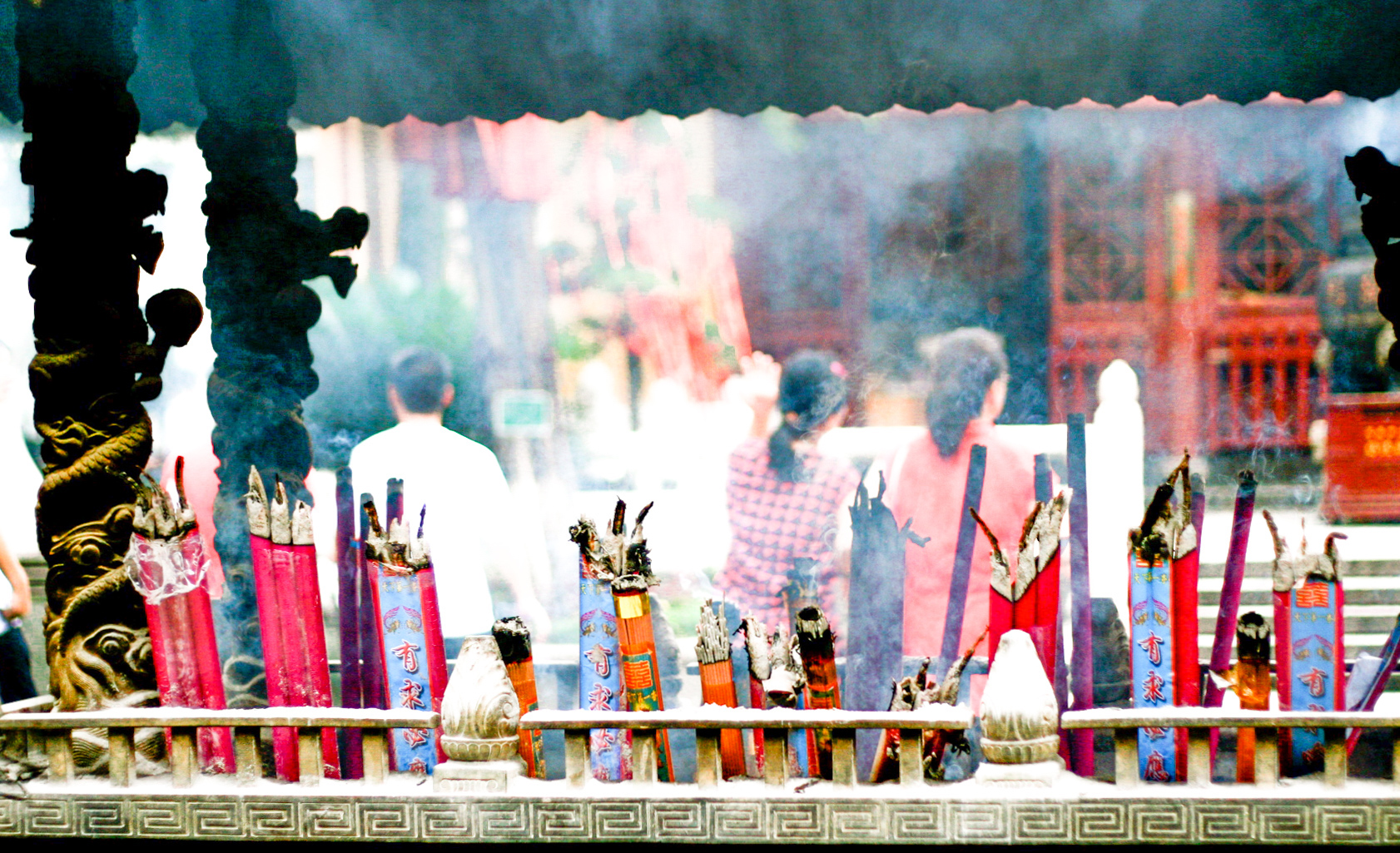Suzhou is famous for its classical gardens, canals, and moon bridges. This “Venice of the Orient” has nine gardens that together are a UNESCO Heritage site. The city actually has around sixty gardens dating back to 600 AD, with more than 300 inside and outside city walls at one time. It’s also apparently known for her beautiful women. Or so I heard.
Located on the shores of Lake Tai and part of the Yangtze River delta, Suzhou is a surprising city. With a history of nearly 3,000 years, Suzhou offers a glimpse of the past with well-preserved architecture, gardens, and other more hidden treasures. Considered the cradle of the Wu Culture, it was also called Wuzhou. The dialect spoken in this area is believed to be the basis of Shanghainese, the dialect of my parents and their families for generations.
There are ships so huge – that is, in such huge numbers – that no man who had not seen the with his own eyes would ever credit it. It is so vast, this swarm of river traffic, together with the great profusion of rich merchandise that merchants carry up and down this river, that there is not a man in the world who would believe it without seeing it. The river itself is so broad that it is not so much like a river as a sea.
Marco Polo, Travels, writing about the Yangtze River
Being just 100km west of Shanghai, Suzhou makes an easy day trip. This was a welcomed change from the crazy mob crowds and bustle of the metropolis. We spontaneously headed to this very popular tourist attraction with some family on my first (and so far only) trip to mainland China. They signed us up for a Chinese-speaking tour. As the only non-Chinese speaker, I struggled to understand, leaving me reliant on subjective and truncated translations. And online reading after the fact, learning that Suzhou has over 4 million people.
People who live
Audre Lorde, 1974
by rivers
dream
they are immortal
Aside from the available guided tours with companies, you can now also take the 30-minute high-speed train or the slower and cheaper trains, which can take as long as two hours.
Back in 2007, only slow trains were available, and that’s how we went to Suzhou. Unless you speak Chinese or have a Chinese-speaking friend, navigating Chinese train stations can be highly disorienting and frustrating. It takes skill and patience; not for the faint-hearted or the claustrophobic. Of course now you can also hire a car or van, making the journey about 1.5 hours.
Yunyansi Pagoda
Called Tiger Hill Pagoda by the locals, Yunyansi Pagoda has become the symbol of ancient Suzhou. With construction completed in the Song Dynasty (960-1279), it became part of China’s list of national important historical relics in 1961. This is also China’s leaning tower.




Xiyuan Temple (West Garden Temple)
The Xiyuan Temple is Suzhou’s largest temple. Originally built in the Yuan Dynasty (1271-1368), after its ruin, it became part of a classical garden owned by a high official in the Ming Dynasty (1368-1644). It was a prized possession that reflected wealth, power, and social status. Upon his death, a monastery received it as a donation.
After its destruction during the Taiping Rebellion (1850-1864), Xiyuan Temple was rebuilt and has been expanded since 1949. Along with a few other temples and gardens, it covers acres and so it can take time to wander through its different temples, gardens, and pavilions. Then there are all those Buddhist statues and artifacts. Being in a Chinese-language tour group, I held very little patience.
Like all Chinese classical gardens, the West Garden Temple includes the four elements – architecture, plants, rocks, and water, meticulously planned and meaningful. You can find some rather interesting rock formations and gardens throughout.
When you stroll through the grounds, be sure to look up at the roof details, such as the engraved tiles and finials. The curved roofs are believed to ward off evil and restless spirits. The vertical shapes represent bamboo, which symbolizes longevity in Chinese culture. There is deep meaning, reflecting the building’s importance and function.



This trip to China in 2007 included Beijing and Shanghai, with a day trip to Suzhou and the Sheshan Marian Basilica.
